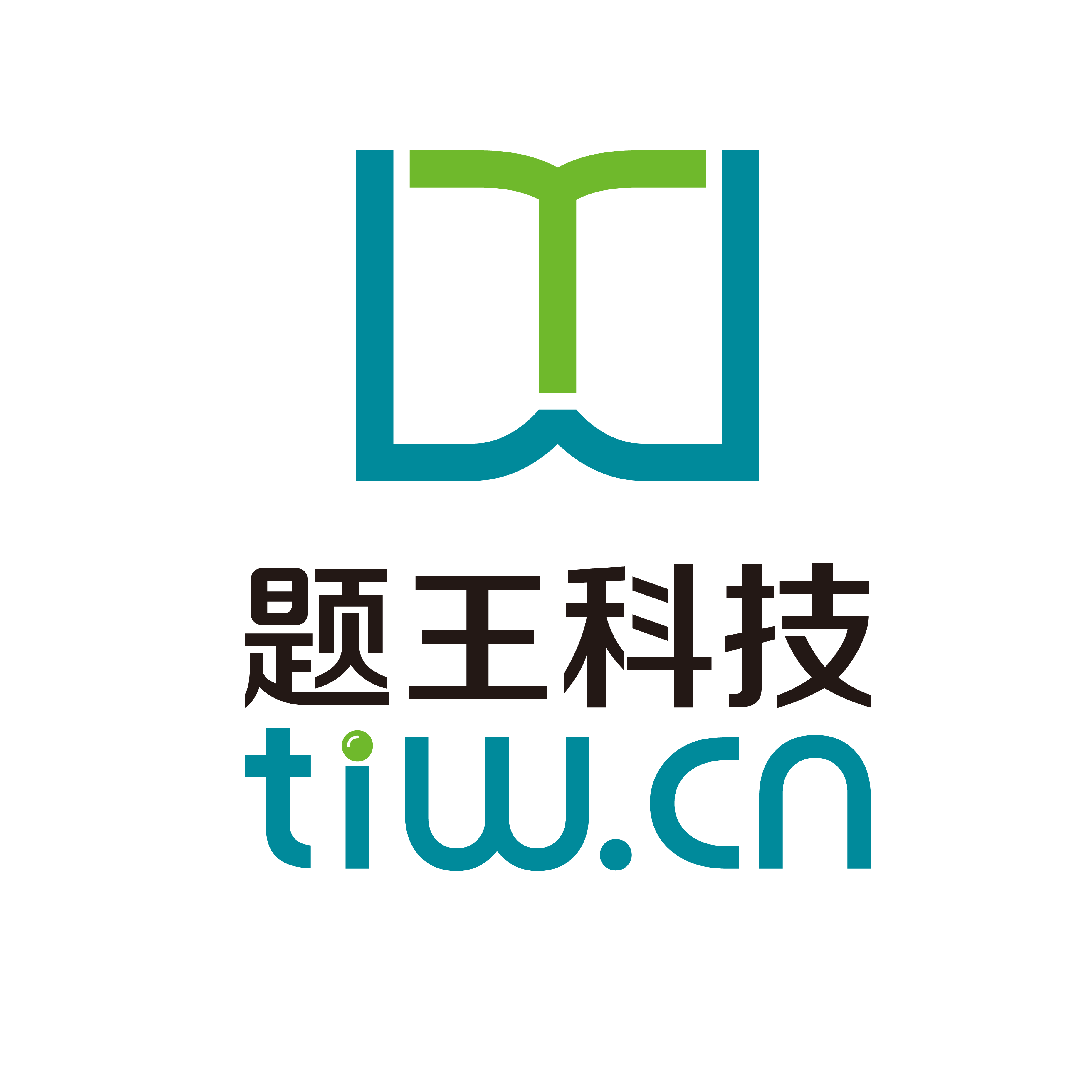 单选题
单选题
Passage2For centuries in Spain and Latin America,heading home for lunch and a snooze with the family was something like a national right,but with global capitalism standardizing work hours,this idyllic habit is fast becoming an endangered pleasure.Ironically,all this is happening just as researchers are beginning to note the health benefits of the afternoon nap.According to a nationwide survey,less than 25 percent of Spaniards still enjoy siestas.And like Spain,much of Latin America has adopted Americanized work schedules,too,with shortened lunch times and more rigid work hours.Last year the Mexican government passed a law limiting lunch breaks to one hour and requiring its employees to work their eight-hour shift between 7 a.m. and 6p.m.Before the mandate,workers would break up the shift-going home midday for a long break with the family and returning to work until about 9 or 10 p.m. The idea of siesta is changing in Greece, Italy and Portugal, too, as they rush to join their more industriouscounterparts in the global market.Most Americans I know covet sleep, but the idea of taking a nap mid-afternoon equates with laziness, unemployment and general sneakiness. Yet according to a National Sleep Survey poll, 65 percent of adults do not get enough sleep. Numerous scientific studies document the benefits of nap taking, including one 1997 study on the deleterious effects of sleep deprivation in the journal Internal Medicine. The researchers found that fatigue harms not only marital and social relations but worker productivity.According to Mark Rosekind,a former NASA scientist and founder of Solutions in Cupertino, Calif, which educates businesses about the advantages of sanctioning naps, we' re biologically programmed to get sleepy between 3 and 5 p.m. and 3 and 5 a.m. Our internal timekeeper-called the circadian clock-operates on a 24-hour rotation and every 12 hours there's a dip. In accordance with these natural sleep rhythms, Rosekind recommends that naps be either for 40 minutes or for two hours. Latin American countries, asserts Rosekind, have had it right all along. They' ve been in sync with their clocks; we haven't.Since most of the world is sleep-deprived, getting well under the recommended eight hours a night(adults get an average of 6.5 hours nightly), we usually operate on a kind of idle midday. Naps are even more useful now that most of us forfeit sleep because of insane work schedules, longer commute times and stress, In a study published last April, Brazilian medical researchers noted that blood pressure and arterial blood pressure dropped during a siesta.In the second sentence of Paragraph 1,all thisrefers to_______ .
发布日期:2021-07-17

the habit of napping
the standardizing of work hours
the decline of the siesta tradition
the growth of global capitalism
标签: "暂无标签"

题王网让考试变得更简单
扫码关注题王,更多免费功能准备上线!

此试题出现在
王某,男性,12岁,突然发现阴囊肿胀、剧疼。超声显示:睾丸轻度肿大,中等回声,2~3小时后复查睾丸回声尚均匀,睾丸内血流消失。该病应是()。
单动道岔选用一个()组合。
控制两个对等实体进行通信的规则的集合称为()。
新闻舆论监督是?
创业教育被联合国教科为组织成为教育的()。
患者28岁,为室间隔缺损,左向右分流,用彩色多普勒技术检查分流血流,对仪器的调节,下列哪一项是正确的()。
扣球击球点就是起跳的最高点。
“七喜”牌饮料是许多软饮料中的一处,那些需求刺激性小和有柠檬味饮料的偏好老年人,是“七喜”的主要购买者。调查结果表明,即使大部分软饮料消费者偏好“可乐”,他们也不是始终如一,况且还有许多消费者不喜欢喝可乐饮料。“七喜”公司使了一个高招,通过一次明智的活动标榜自己是生产非可乐饮料的,从而获得了非可乐饮料的市场领导地位。非可乐饮料是一种既新颖又提神的饮料,其目的是取代“可乐”。“七喜”公司为消费者开创了一个新视野,即软饮料市场中包含可乐饮料和非可乐饮料,其中“七喜”饮料在非可乐饮料市场中占据领导地位。 问: (1)“七喜”公司所采取的品牌策略是什么?实施此策略的一般背景是什么? (2)“七喜”公司采取上述策略时需考虑的因素包括哪些?
电火花型腔加工的工艺方法有:()、()、()、简单电极数控创成法等。
踝关节扭伤分度中二度是指()。
什么时候备考教师资格面试才是正确时间?
考教师资格,你得会活动设计撰写技巧!
教师资格证面试常考的7大题型,都在这里啦!
建议你用这些方法技巧来备考教师资格证面试
教资考试技巧:说话失误如何补救
教师资格证面试想得高分?你得会这4大提问原则,赶紧看!
教师资格考试面试怎么备考才找对了方向?
教师资格证面试考场十大禁忌,这些雷千万不要踩!
教师资格面试要求都有哪些?该怎么样备考呢
2022下半年教师资格证报名条件要求

